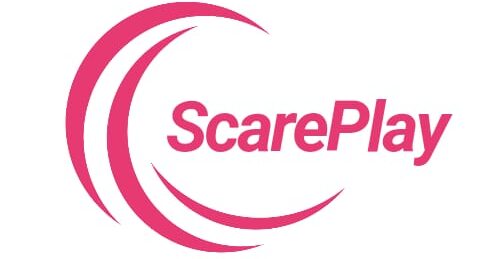In today’s digital world, a “tip screen” plays a crucial role in user interfaces, helping users navigate through applications and websites more effectively. Whether you are developing an app, managing a website, or just curious about how tip screens function, understanding their purpose and implementation can greatly enhance user experience. This article will explore the concept of a tip screen, its benefits, and how to use it effectively.
What is a Tip Screen?
A tip screen is an informational overlay or a pop-up that provides users with helpful hints or guidance on how to use a particular feature or navigate through an application or website. Tip screens are designed to improve usability by offering context-sensitive help and instructions at the right moment. These screens are often used in the onboarding process or as part of interactive tutorials.
The Importance of Tip Screens
Enhancing User Experience
Tip screens are essential for enhancing user experience. They offer valuable assistance to users, especially those who are unfamiliar with the system or application. By providing clear instructions and tips, tip screens help users understand how to interact with the interface effectively, reducing frustration and improving overall satisfaction.
Improving Navigation and Usability
Another significant benefit of tip screens is their role in improving navigation and usability. Tip screens guide users through complex features or unfamiliar processes, ensuring they can make the most of the application’s functionalities. This guidance helps users perform tasks more efficiently and with greater confidence.
Types of Tip Screens
Onboarding Tip Screens
Onboarding tip screens are designed to introduce new users to the core features of an application or website. These screens often appear when a user first interacts with the system, offering a brief overview of essential functions and tools. Onboarding tip screens help users get up to speed quickly, making the transition to using the application smoother and more intuitive.
Contextual Tip Screens
Contextual tip screens provide assistance based on the user’s current activity or location within the application. For example, if a user is about to use a feature for the first time, a contextual tip screen might appear to explain how that feature works. These screens are triggered by specific actions or conditions, offering relevant information at the right time.
Tutorial Tip Screens
Tutorial tip screens are used to guide users through a series of steps or processes. These screens often include interactive elements, such as prompts or highlights, to show users how to complete a particular task. Tutorial tip screens are particularly useful for complex applications with multiple features, as they break down instructions into manageable steps.
Best Practices for Designing Tip Screens
Keep It Simple and Clear
When designing a tip screen, simplicity and clarity are key. Avoid overwhelming users with too much information at once. Instead, focus on providing concise, easy-to-understand instructions that address the immediate need. Use straightforward language and clear visuals to convey your message effectively.
Make It Contextual
Ensure that tip screens are contextually relevant to the user’s current task or location within the application. Contextual tips provide timely assistance, making it easier for users to understand and apply the information. Tailor the content of tip screens to match the specific actions or features being used.
Use Visual Cues
Incorporate visual cues, such as arrows, highlights, or icons, to draw attention to important elements or actions. Visual cues help users quickly identify what they need to focus on and make the tip screens more engaging. Avoid cluttering the screen with too many visuals, as this can distract or confuse users.
Allow Users to Dismiss or Revisit Tips
Provide users with the option to dismiss tip screens if they feel they no longer need them. Additionally, consider offering a way for users to revisit tips or access a help section if they need further assistance later. This flexibility ensures that users can control their experience and access information as needed.
Implementing Tip Screens in Your Application
Identify Key Areas for Tip Screens
Start by identifying areas in your application or website where tip screens would be most beneficial. Focus on features or processes that are complex or likely to cause confusion for users. By targeting these areas, you can ensure that tip screens provide meaningful and relevant assistance.
Design and Develop Tip Screens
Design tip screens with user experience in mind. Create clear and concise content, and use visual elements to enhance understanding. Work with developers to integrate tip screens into your application, ensuring they appear at the right moments and do not disrupt the user experience.
Test and Iterate
Once tip screens are implemented, conduct user testing to gather feedback on their effectiveness. Pay attention to user interactions and adjust the design or content based on their responses. Iterating on tip screens helps refine their functionality and improve their overall impact.

Conclusion
A well-designed tip screen can significantly enhance user experience by providing timely and relevant guidance. By focusing on simplicity, context, and user control, tip screens help users navigate applications and websites more effectively. Implementing tip screens thoughtfully and continuously refining them based on user feedback can lead to a more intuitive and satisfying experience.
Whether you’re developing a new application or managing an existing one, understanding and utilizing tip screens effectively can make a big difference. By incorporating these screens into your user interface strategy, you can improve usability, reduce user frustration, and ensure a smoother, more enjoyable experience for all users.



